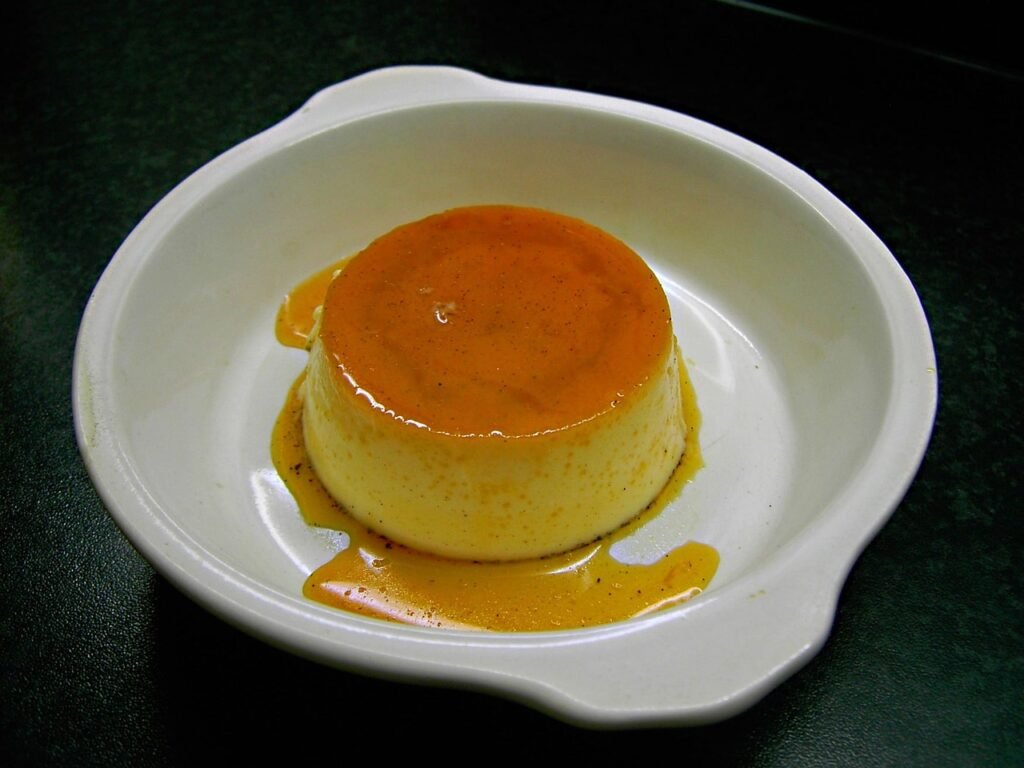Yorkshire pudding is a beloved British classic, often served alongside a traditional Sunday roast. While its origins are rooted in the north of England, this savoury dish has become a staple across the UK and beyond. The crispy-on-the-outside, fluffy-on-the-inside pudding is made from a simple batter of eggs, flour, and milk, yet achieving the perfect Yorkshire pudding can be a culinary challenge.
In this detailed guide, we’ll walk you through the best Yorkshire pudding recipe, provide tips for perfecting the texture, and explore the history behind this iconic dish. Whether you’re a seasoned cook or trying your hand at Yorkshire puddings for the first time, this recipe will help you create the best version of this British classic.
What Is Yorkshire Pudding?
Despite its name, Yorkshire pudding is not a dessert. It’s a savory dish traditionally served with roast beef, though it pairs well with other meats and gravies. Yorkshire puddings are baked in hot oil, which causes the batter to puff up, creating crispy edges and a soft, airy center.
The origins of Yorkshire pudding date back to the 18th century when cooks in northern England would make a similar dish called “dripping pudding.” It was made by placing the batter under roasting meat so that it could catch the drippings. Over time, it evolved into what we now know as Yorkshire pudding.
Ingredients for the Best Yorkshire Pudding Recipe
The key to making the best Yorkshire pudding lies in using simple ingredients with the right technique. Here’s what you’ll need for this foolproof recipe:
- 1 cup (125g) of all-purpose flour
- 1 cup (240ml) of milk (whole milk works best for a richer batter)
- 3 large eggs
- A pinch of salt
- Vegetable oil, beef drippings, or lard (for cooking)
This recipe is based on a 1:1:1 ratio of flour, milk, and eggs, which is crucial for achieving the perfect texture. Using too much flour can result in dense puddings, while too many eggs can make them too custardy.
Step-by-Step Instructions
- Prepare the Batter Start by sifting the flour into a large mixing bowl and add a pinch of salt. Make a well in the center and crack in the eggs. Whisk the eggs and flour together, gradually adding the milk until you have a smooth batter. The batter should be lump-free and resemble the consistency of heavy cream.
Tip: For the best results, let the batter rest for at least 30 minutes (or up to an hour). This allows the flour to fully hydrate, which helps the puddings rise and puff up in the oven. - Preheat the Oven Preheat your oven to 220°C (425°F). Place a muffin or Yorkshire pudding tin on the middle rack of the oven and add about 1 teaspoon of oil, drippings, or lard to each cup. The fat must get extremely hot to ensure the puddings rise properly, so let the tin and fat heat in the oven for at least 5-10 minutes.
Tip: The key to getting the puddings to puff up is the combination of a hot oven and hot oil. The batter should sizzle as soon as it hits the hot fat. - Pour the Batter Once the oil is smoking hot, carefully remove the tin from the oven. Pour the batter into each cup, filling them about halfway. Work quickly to prevent the oil from cooling down.
Tip: For extra-crispy Yorkshire puddings, you can add a tablespoon of sparkling water or club soda to the batter just before pouring it into the tin. The carbonation helps create an even lighter texture. - Bake Return the tin to the oven and bake the Yorkshire puddings for 20-25 minutes, or until they are golden brown and have puffed up dramatically. Avoid opening the oven door during the first 15 minutes, as this can cause the puddings to deflate.
Tip: If you’re serving them as part of a roast dinner, bake them while the meat is resting. This ensures that they’re served fresh and hot from the oven. - Serve Immediately Yorkshire puddings are best served right away while they’re still crisp and warm. They will start to deflate as they cool, so be sure to bring them to the table as soon as they’re ready.
Serve them with roast beef and gravy, or as part of a traditional Sunday roast with vegetables and potatoes.

Tips for Perfect Yorkshire Puddings
Even though Yorkshire puddings are made from simple ingredients, there are a few tips and tricks that can help ensure your puddings rise to perfection every time.
- Rest the Batter: Allowing the batter to rest for at least 30 minutes is crucial for achieving light and airy puddings. This resting period gives the gluten in the flour time to relax and ensures that the batter will rise evenly.
- Use Hot Fat: The fat in the tin must be smoking hot before you add the batter. If the oil isn’t hot enough, the puddings won’t rise properly and will end up dense and flat.
- Don’t Overfill the Tin: Fill each cup in the tin only halfway. Overfilling can prevent the puddings from rising to their full potential.
- Keep the Oven Hot: Yorkshire puddings need a very hot oven to rise. Avoid opening the oven door during baking, as this can cause the temperature to drop and the puddings to deflate.
- Use a Metal Tin: A metal tin conducts heat better than a silicone or glass one, which is important for getting the puddings to rise quickly and evenly.
- Bake Fresh: Yorkshire puddings are best enjoyed fresh from the oven. They tend to lose their crispness as they sit, so it’s best to bake them just before serving.
Variations on the Classic Yorkshire Pudding
While the traditional Yorkshire pudding recipe is perfect as is, there are a few variations you can try to add your own twist to this classic dish:
- Mini Yorkshire Puddings: Make bite-sized puddings using a mini muffin tin. These are great for appetizers or as part of a buffet spread.
- Herbed Yorkshire Puddings: Add finely chopped herbs, such as rosemary or thyme, to the batter for a fragrant twist.
- Cheese Yorkshire Puddings: Sprinkle grated cheddar cheese into the batter before baking for a deliciously cheesy version.
- Yorkshire Pudding Wraps: Use larger Yorkshire puddings as wraps, filling them with roast beef and vegetables for a modern take on the Sunday roast.
Yorkshire Pudding as Part of the Traditional British Roast
Yorkshire puddings are most commonly served with roast beef as part of a traditional Sunday roast. This hearty meal usually consists of roasted meat, vegetables, potatoes, and gravy. Yorkshire puddings are perfect for soaking up the rich gravy and juices from the roast, making them an essential component of the meal.
However, Yorkshire puddings aren’t just limited to roast beef. They can be served with other meats like chicken, pork, or lamb, and even vegetarian dishes with gravy or sauces.
In some parts of the UK, Yorkshire puddings are served as a starter, drizzled with gravy, before the main roast. This practice harks back to older times when the pudding would be served first to fill up hungry diners before the more expensive meat was brought out.
Storing and Reheating Yorkshire Puddings
If you have leftovers, Yorkshire puddings can be stored and reheated, though they’re always best fresh. To store, allow them to cool completely, then place them in an airtight container and refrigerate for up to two days.
To reheat, place the puddings in a hot oven (200°C or 400°F) for 5-10 minutes until they’re heated through and crispy again. Avoid reheating them in the microwave, as this can make them soggy.
Conclusion
Making the best Yorkshire pudding recipe requires attention to detail, but the results are well worth the effort. This iconic British dish is a perfect complement to a Sunday roast, with its golden, crispy exterior and soft, fluffy centre. By following this recipe and the tips provided, you’ll be able to master the art of Yorkshire puddings and serve up a delicious, comforting meal that your family and guests will love.
Whether you stick to the traditional recipe or experiment with different flavours and variations, Yorkshire puddings are a versatile and timeless addition to any roast dinner. So next time you’re planning a Sunday feast, be sure to whip up a batch of these classic British puddings for a true taste of tradition.






